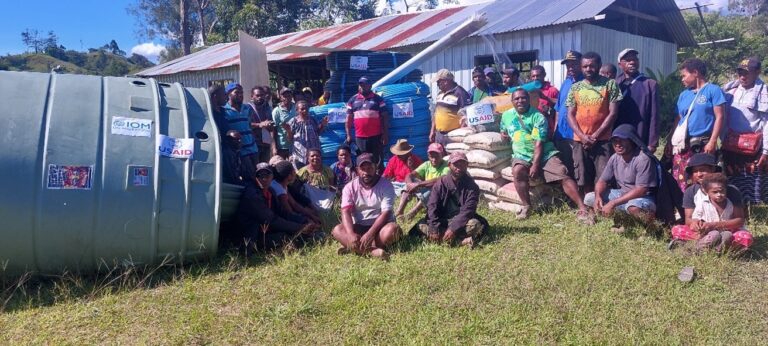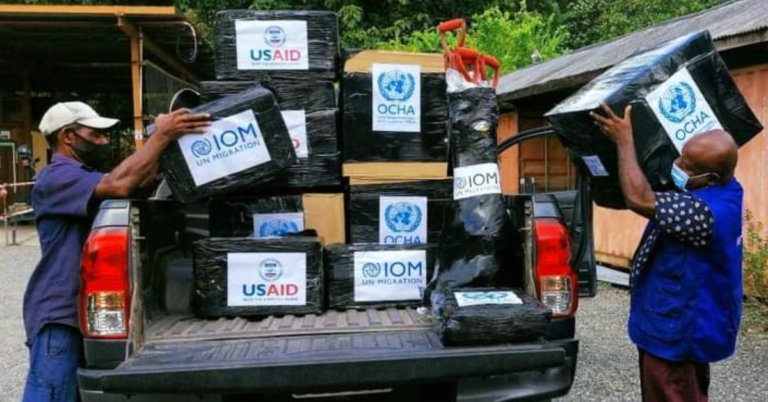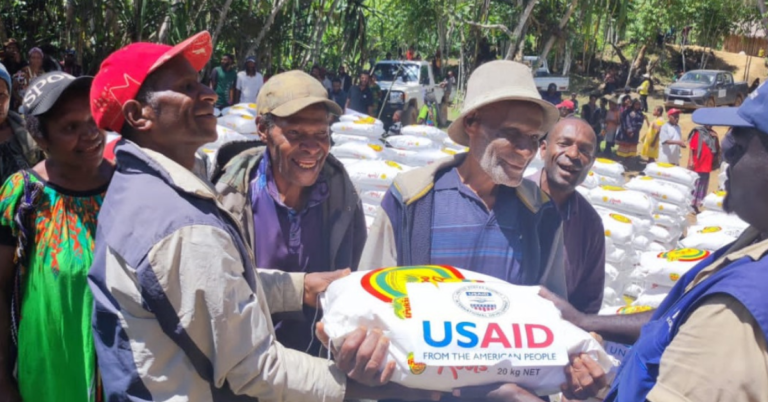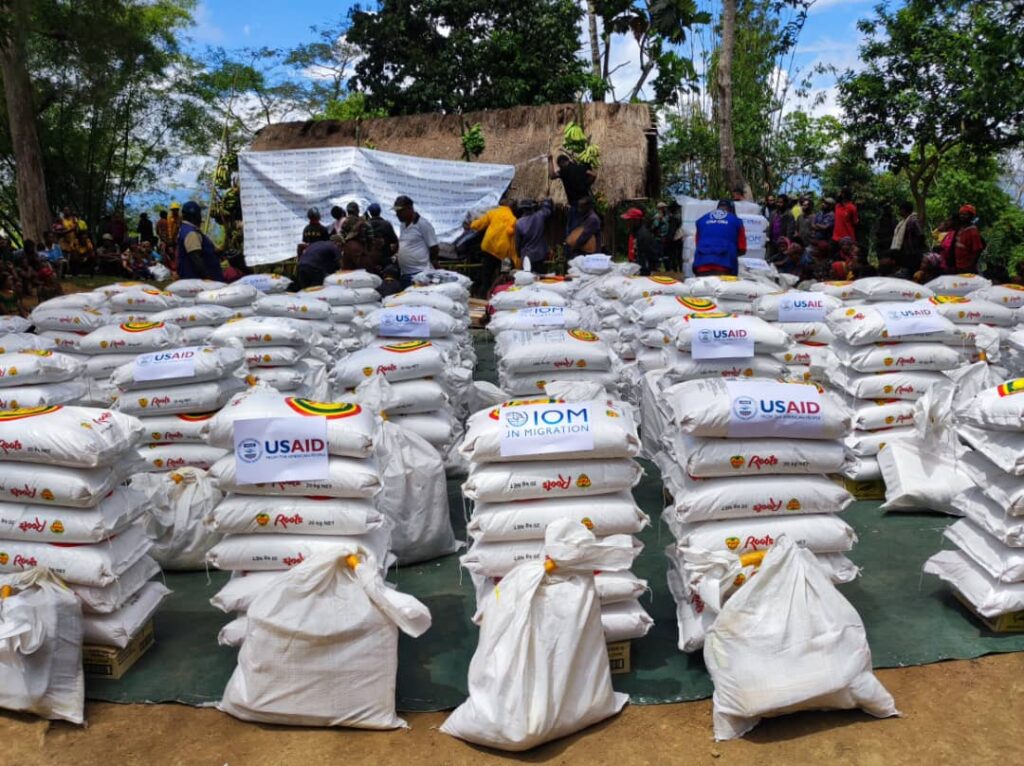With the withdrawal of much of USAID’s presence from the Pacific, I quietly hoped that the region could absorb it — maybe even take it as the jolt needed to “go all in on betting on ourselves”. We are building resilience to this donor merry-go-round and, if history is any guide, it will likely cycle back at some point.
What stands to have lasting long-term impact is US President Trump’s Executive Order 14285, aimed at fast-tracking deep-sea mineral (DSM) exploration in the Pacific, outside the oversight of the International Seabed Authority (ISA). It potentially opens the door to a “critical minerals race” fuelled by geopolitics, with the Pacific Ocean at its centre, sidelining Pacific nations who have registered through the ISA. Beyond the clear subversion of international law, the implications for the Blue Pacific’s marine biodiversity and future generations are profound.
If DSM ventures proceed outside ISA oversight, it provides yet another example of why it is so important for the Pacific nations to begin framing a rules-based order to protect the Blue Pacific Continent.
But this urgency raises a more uncomfortable truth — one that continues to undercut Pacific efforts — that, at its core, the problem is not external actors. It’s not the US. It’s us.
At its source, Pacific regionalism is about enabling Pacific nations to work better together. While it is important to acknowledge the many challenges that confront regionalism, we must also recognize that we are not immune from ourselves.
Despite our aspiration of what Pacific regionalism “ought” to be, we remain embedded in a Euro-centric model — one in which we are shaped, not by what we choose to be, but what we are paid to become.
Our region has, for decades, been carried by a vision of solidarity and collective action. Epeli Hau’ofa gave us the metaphor — our sea of islands — and we speak often of the Blue Pacific Continent and the 2050 Strategy for it as an expression of agency and collective sovereignty.
And yet, without solidarity, these narratives ring hollow. When it comes to some of the most pressing challenges of today — ocean governance, regional security, human rights — we are divided, hesitant or silent enablers.
A Pacific High-Level Talanoa (dialogue) on Deep Sea Mining was convened in February, with officials tasked to develop options for a regional approach for Forum Leaders; consideration in Honiara later this year. But DSM is not merely a regional or legal issue. It exposes deeper political, structural and cognitive fractures within the region, revealing the fragility of consensus-building, dollar-diplomacy and internalised dependencies. In this respect, regionalism is not failing because of external pressure; it is eroding under the weight of our reluctance to make hard, collective choices.
This is not about attributing blame. Rather, it’s an opportunity to reflect.
Having spent most of my career working in and around national governments, I’ve been part of the very machinery that enables these dynamics. At the moment, it feels like we’re advancing national interests, responding to pressing needs or navigating political realities. It feels like we’re working together. But are we truly collaborating or are we simply managing each other?
When you step back — and especially from a distance — the picture sharpens. There’s a certain perspective that comes when you step outside the system as I have. A part of you has never really left yet you’re removed from the grind. That’s where reflection lives, I think — somewhere between hope and cynicism, believing in the idea of Pacific-led regionalism in a reality ripe with the limitations of process, power and political motivations.
In 2019, Pacific Islands Forum (PIF) leaders endorsed a comprehensive review of the regional architecture in Tuvalu, aligning it with the 2050 Strategy for the Blue Pacific Continent. The regional architecture here refers to the Pacific nations, external partners, regional institutions, processes — and most importantly — Pacific people who give life to Pacific regionalism. It was an important moment — an attempt to take stock and reimagine — but, six years on, the review is ongoing.
A new High-Level Panel established by PIF Troika Leaders has begun its consultations across the region on the regional architecture. The now-former Prime Minister Fiame Naomi Mata’afa of Samoa recently said that the consultations seeks to answer three questions: Is Pacific unity still there? Do we still want it? If we do, what do we want it to look like?
The review will consider options for the rationalisation — or amalgamation — of regional institutions, amid growing concern that there are simply too many. Yet the regional architecture is now more complex, fragmented and contested than perhaps at any other point in its history. Compared to six years ago, the region is navigating a far more strained geopolitical landscape. Pacific nations have become more vulnerable — economically, environmentally and strategically — at the very time when external engagement has become more heavy-handed. This has contributed to a deepening over-reliance on Australia, New Zealand and, increasingly, China.
Nowhere is this more evident than in the Pacific’s regional security architecture. The Boe Declaration on Regional Security, endorsed in 2018, was intended to re-centre the region’s security needs squarely on climate change, human security and sustainable development.
But as external powers seek access and influence in the Blue Pacific Continent, the region has become heavily securitised and militarised — further complicating efforts to foster regional unity and cooperation. This has led some Pacific academics to call for the demilitarisation of the region.
Initiatives like AUKUS, expanded military partnerships and intelligence-sharing arrangements mask a creeping model of regionalism that appears to be preparing itself for future conflict. We are told this will keep us safe — but at what cost to our sovereignty, and to our future generations?
And this takes us back to the question that continues to plague Pacific regionalism: Who is driving regionalism, if not us?
Outside of process-oriented solutions, we tend to avoid holding heart-to-heart political talanoa on confronting and divisive issues including the influence of Australia, New Zealand and external partners, the China-Taiwan issue, DSM, regional security, and the place of territories within our shared future. It has long been argued, for example, that decolonization and regionalism are inseparable.
It would be a mistake, however, to assume that regionalism lives and dies at the hands of political leaders alone. Political will does not exist in a vacuum. It grows (or withers) within an ecosystem of public expectations, institutional interest and electoral cycles.
The end-game of regionalism is not the communique delivered at the annual PIF Leaders Meeting. It is a set of practices, compromises and choices that we, collectively, either uphold or allow to erode. Without conviction — without a shared belief in the value of standing together — these gatherings risk becoming rituals of aspiration with little action.
I firmly believe that Pacific regionalism is ultimately about people and relationships. But relationships are extremely difficult to manage, especially in a region as diverse and dispersed as ours. Sub-regionalism, domestic pressures and competing priorities all take their toll. And then there are the silences — the moments when we choose not to speak, not to take a stand, not to challenge each other when the stakes are high.
There is no single fix for the problems of Pacific regionalism. But perhaps the shift we need is not just structural reform — but a relational shift as well — from fragmented interest to a sense of shared purpose — moving beyond the talk. And it begins not with external forces, donors or declarations, but with us.
That’s the hardest part. It requires sacrifice, trust, willingness to endure short-term pains for longer-term gain. Hopefully, the current review of the regional architecture can encourage us to take that leap.
If we don’t, someone else will happily do so. And we will continue to follow.
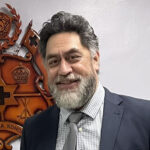
Written by: Sione Tekiteki
Joel Nilon is presenting a paper on the Blue Pacific rules-based order co-authored with Sione Tekiteki at the 2025 Pacific Update which will be held on 3-5 June at the University of the South Pacific’s Laucala Campus in Suva, Fiji. Visit the event webpage for more details on this free event and the livestream of keynote sessions.
This article appeared first on Devpolicy Blog (devpolicy.org), from the Development Policy Centre at The Australian National University.
Sione Tekiteki is a senior lecturer at the Auckland University of Technology. He previously served at the Pacific Islands Forum Secretariat in three positions over nine years, most recently as Director, Governance and Engagement.


